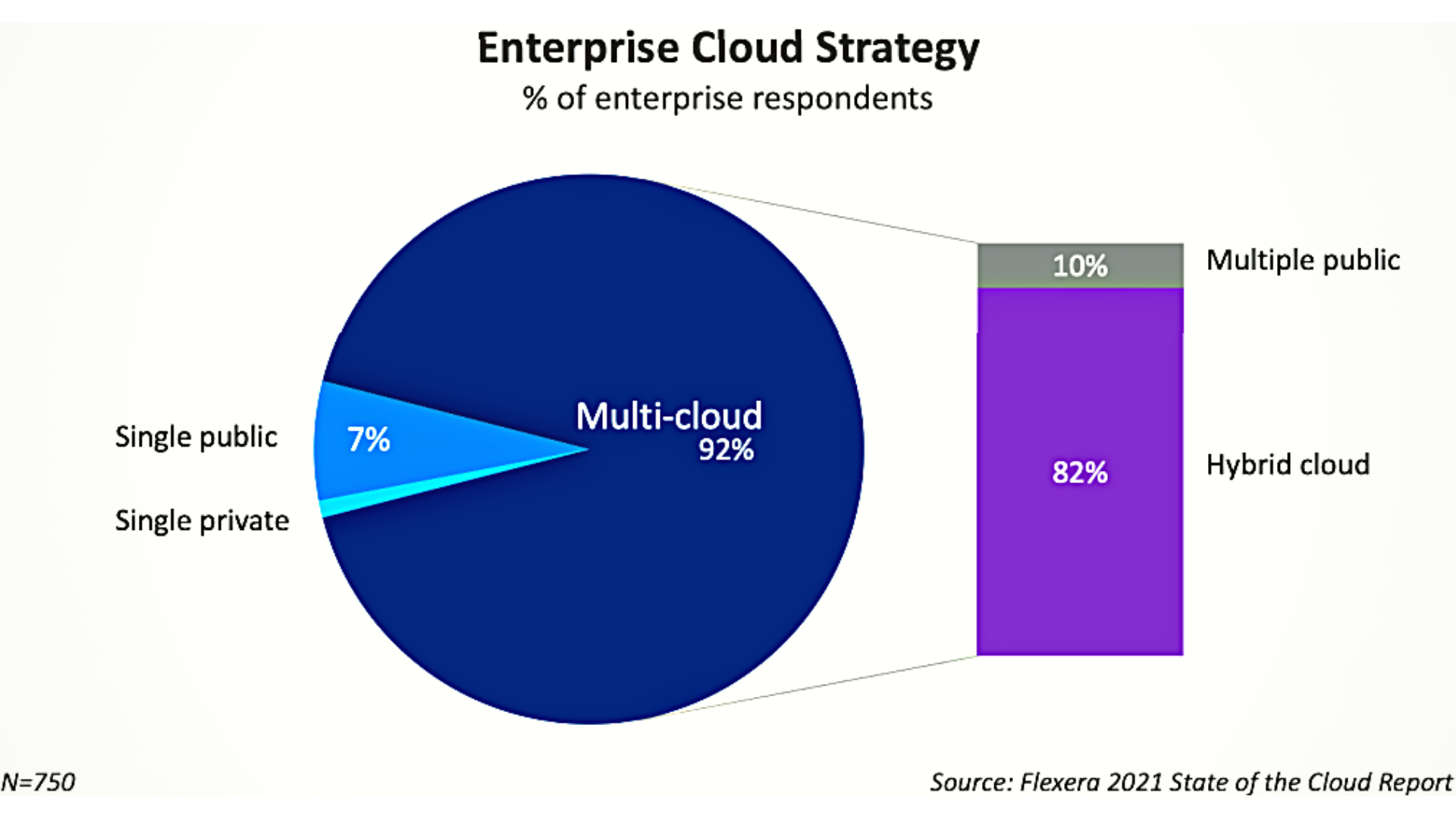Public clouds, private clouds, hybrid clouds and multi-clouds are the four main cloud technologies that any data-driven organisation would easily tune their ears into- given that data keeps increasing in value as an irreplaceable resource for companies to make fact-based decisions. Cloud services cover a plethora of important data-rich aspects of a business, like:
- Adopting IT Services
- Better HR Management
- Calibrating and
- Enhancing Cloud Infrastructure
- Content and File Sharing for better collaboration
- Event-driven Project Management Approaches
- Extracting Fact-based Business Intelligence
- Improving Data Security and Business Development
- Media and Social Media
- Optimising E-commerce, Education, Finance and Healthcare of the Company
- Promoting Trading and Networking
- Tracking Supply and Logistics Operations
- Utilising Cloud Storage
Cisco.com said that a majority of global enterprises (94%) already use cloud services and it keeps increasing parallel to the value of the worldwide cloud computing market; it was also estimated by Cloudwards.com that the 2025 cloud computing market would value USD 832.1B. It is also estimated that in 2025 the cloud data storage would exceed one billion terabytes (1,000,000,000,000 GB). With data in the clouds being stored in ample amounts and businesses soaring towards success with cloud technologies, it is important to understand why Multi-cloud Platforms are important for new-age businesses.Today we will be probing what Multi-cloud Platforms are, how they are going to benefit industrial and commercial establishments and why it is no longer a trendy tech but an inescapable advancement for businesses with complex data culture.
What is A Multi-cloud Platform?
There are many renowned cloud service providers like Google Cloud, Alibaba Cloud, Oracle, Amazon Web Services (AWS), Microsoft Azure, IBM Cloud, Salesforce, SAP and more. Suppose a company decided to utilise the cloud services of more than one cloud service provider to enable resilience for seamless operations. For example, if one cloud is lagging or under threat, the organisation can use the backup stored in another cloud and operate till the disaster recovery measures are taken. Multi-cloud platforms are, therefore, integration between two or more clouds- despite their type being public, hybrid or private. According to a research study done by Flexera, this strategy is used by 92% of enterprises to retain their speed and data workloads despite spontaneous data threats and risks. These companies either integrated multiple public clouds or used a blend of both public and private clouds to share computing resources and mitigate the risks of data loss or system downtime.

Advantages of Using Multi-cloud Platforms by Data-driven Organisations?
Breaking Free from Vendor Lock-ins
Ensure Resilience of Data Sources and Centres
Better Performance with Constant and Exceptional Compliance
Companies can meet the essential data governance requirements; for instance, when law’s require client data to be stored in particular data storage. In order to comply with their legal requirements, the multi-cloud can be exploited to create and maintain new-age data repositories like data warehouses or data lakes which often requires the service of a multi-cloud platform- especially if the data is copious and cloud service enablers are not geographically close by.
